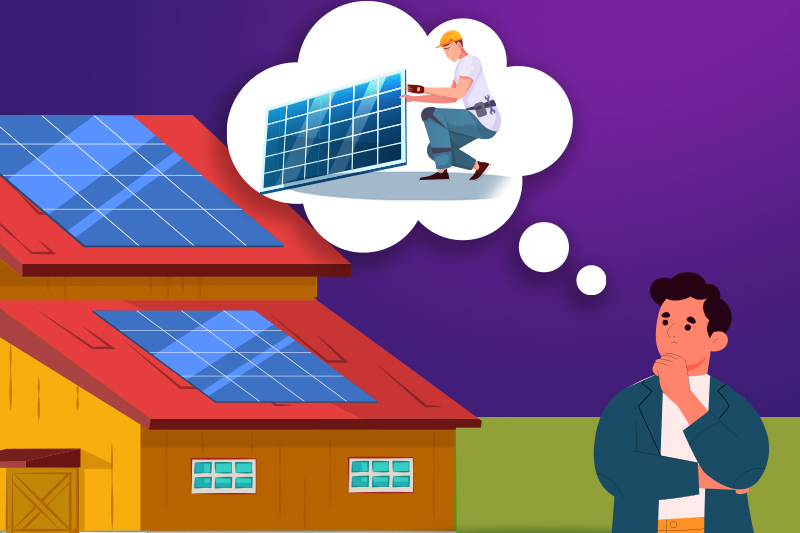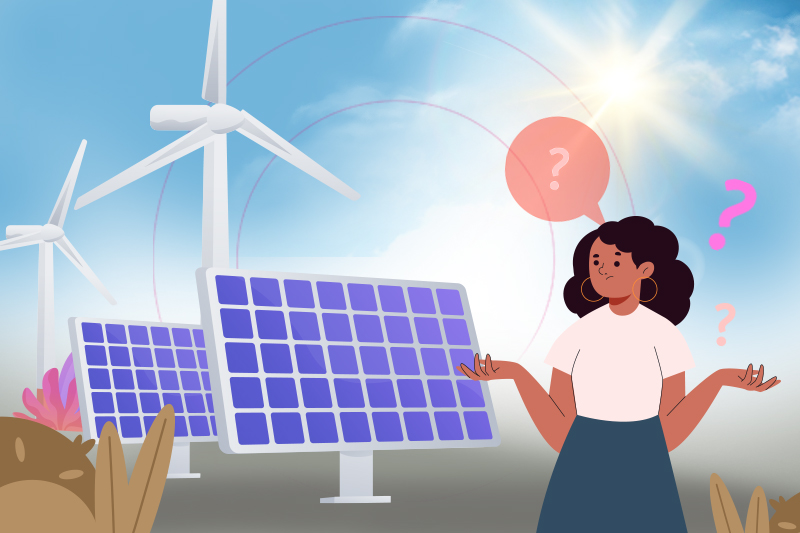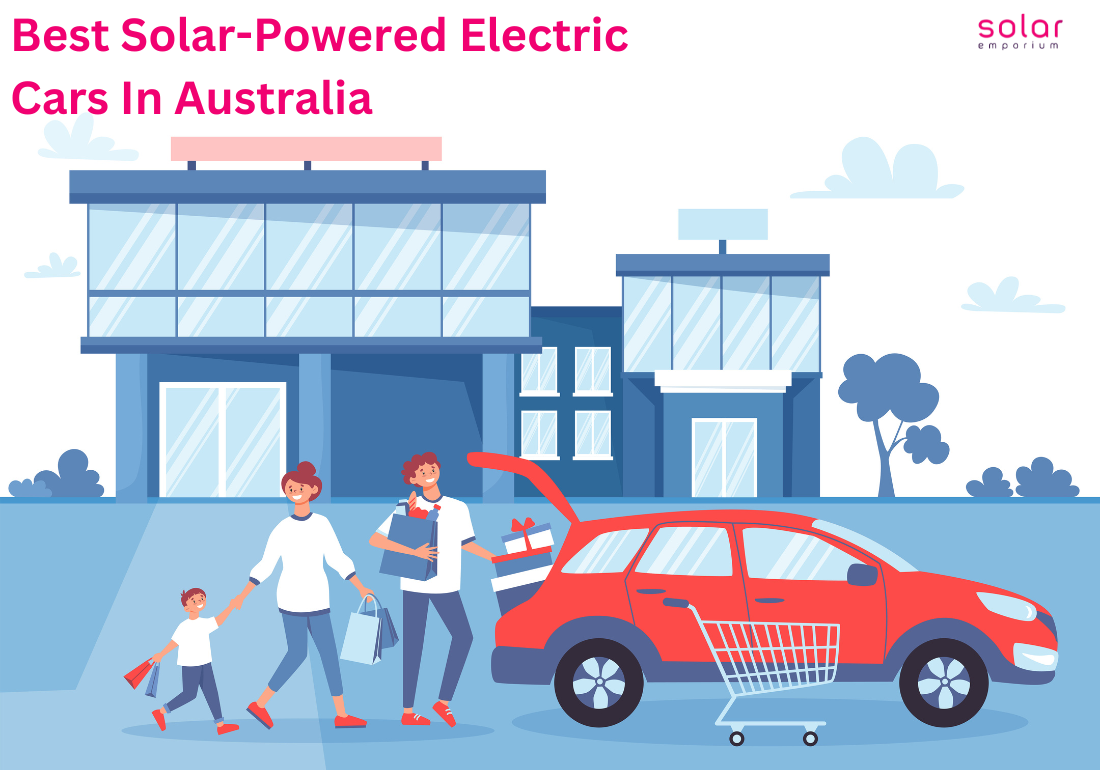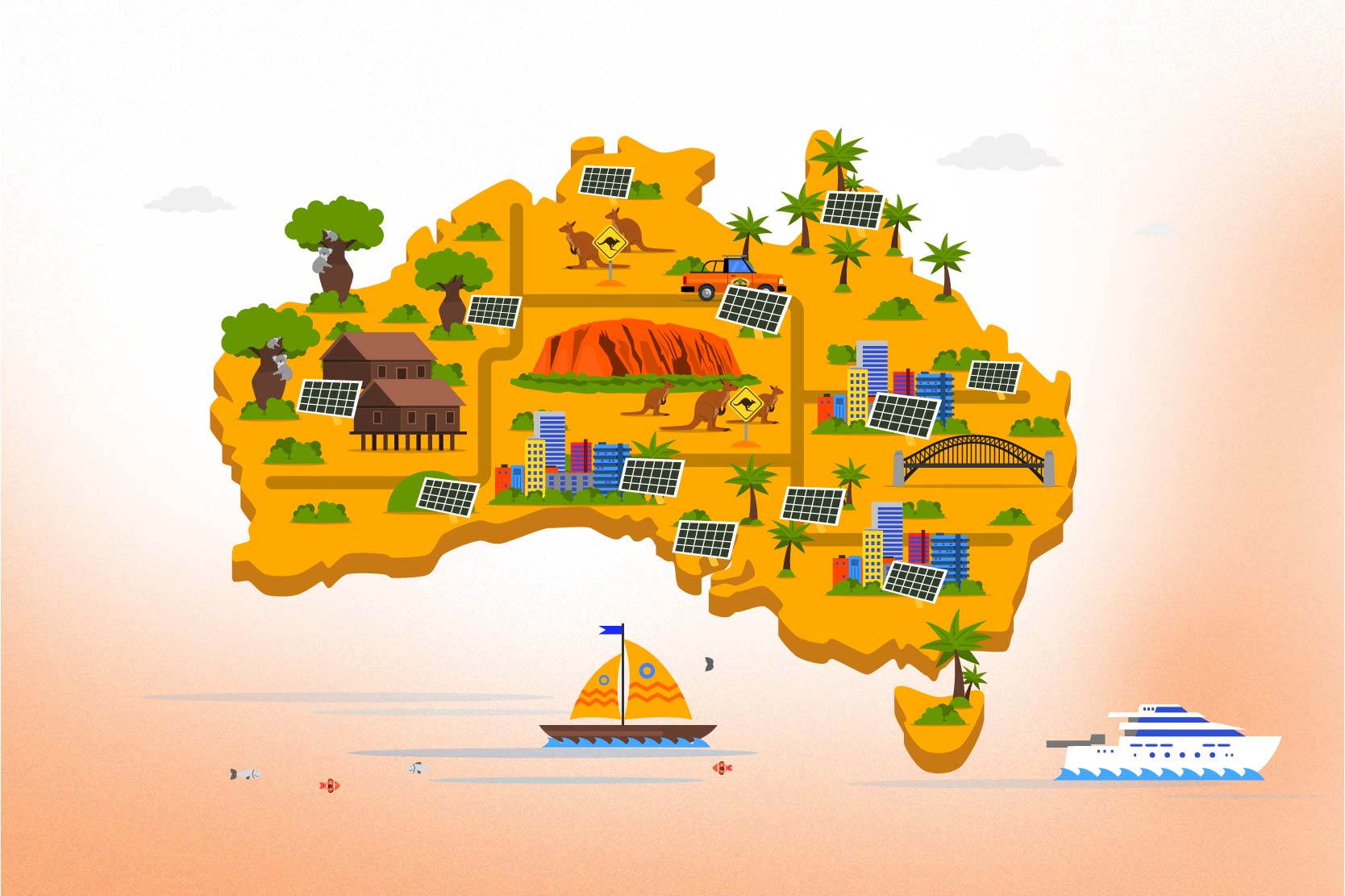The world is trying to use more kinds of energy that don’t run out and don’t harm the environment. That’s why solar power, which comes from the sun, is getting more popular in Australia.
A number of homes and businesses are using solar panels to get electricity from sunlight. But what do we do with these panels when they’re old and don’t work anymore?
Solar panel recycling is essential for saving energy in Australia. It’s not just about reducing waste but also about using the valuable stuff from old solar panels in a good way.
Can we recycle solar panels in Australia? This article will talk about why recycling solar panels is good in Australia and give you some advice on how to take part in this eco-friendly effort.
Solar Panels End-of-Life Systems
Australia is working hard to make solar energy as it is the leading renewable energy source across the country. So, the government encourages people and businesses to use solar power.
But what do we do with old solar panels when they stop working? Like everything else, solar panels don’t last forever. It is a problem Australia is dealing with right now. What should we do with these old solar panels?
Throwing away solar waste in landfills is against the law in Australia. It’s because solar panels might have harmful stuff like lead and cadmium that can harm nature.
That’s why it’s crucial to dispose of them properly when they stop working. Recycling solar panels is the best way to do this. It means the valuable parts get reused.
Sometimes, we can also find new ways to use old solar panels. For example, we can take materials from an old panel and use them to make a new one. It helps reduce waste and makes something useful from something old.
How Long Do Solar Panels Last?
Usually, solar panels keep working for about 25 to 30 years. But, after around 25 years, they might not work as well as before. So, what happens to solar panels after 25 years?
Solar inverters, on the other hand, typically work for about 10 to 12 years. Sometimes, you might need to get rid of them earlier than expected.
For instance, there are new offers and programs in Australia to encourage people to use solar energy. This makes many homes and businesses want to get new solar panel systems.
Can We Recycle Solar Panels?
Is it possible to recycle solar panels in Australia? Yes, we can recycle solar panels. Actually, most solar panels are made of materials that can be recycled.
These materials include metals like aluminum, copper, and steel, as well as glass, plastic, and silicon. We can use these materials to make new things and decrease the need for new materials.
But, not all solar panels can be recycled. For example, thin-film solar cells usually can’t be recycled because they’re made of different materials that can’t be separated.
Also, some solar panels have harmful stuff like lead and cadmium, so they require careful handling and proper disposal.
Understanding the Solar Panel Recycling Process

In Australia, when solar panels are no longer working, they can be recycled. Recycling solar panels is quite simple. First, it’s crucial to check if the solar panel has any dangerous materials in it.
If it does, you need to get in touch with a professional company that deals with disposing of electronic waste. However, in Victoria, this is not allowed. Many states in Australia need to encourage electronic waste disposal.
After that, you should contact a company that specializes in recycling solar panels. They’ll come and collect the solar panel and take it apart.
Then, they’ll separate the materials and recycle them. Some companies might even pay you for the recycled materials. Some of these companies also know how to make new solar panels from recycled stuff.
But, only some solar panel recycling companies are the same. It’s essential to research the company you choose to ensure they handle things safely and responsibly.
Some well-known solar panel recycling companies in Australia are PV Industries, Reclaim PV, CMA Ecocycle, SolaCycle, and Ecoactiv.
Here’s how it works:
Collection: First, the old solar panels are collected from different places like homes, businesses, or recycling centers.
Transportation: Then, these panels are taken to special recycling facilities where they’ll be processed.
Sorting: At the recycling facility, the panels are sorted out. They separate the different parts like glass, metal, and silicon.
Shredding: Next, the panels are shredded into small pieces using machines. This makes it easier to handle them in the recycling process.
Separation: After shredding, they use techniques to separate the different materials. They split the glass, metal, and silicon so they can be reused.
Recovery: Finally, the separated materials are sent to other industries where they can be used to make new products. For example, the silicon can be used in new solar panels.
What Parts of Solar Panels Can We Recycle?

There are a few companies in Australia that recycle solar panels. But these companies can only recycle about 17% of a panel’s weight.
The parts that get recycled the most in Australia are the aluminum frame and the plastic junction box from the solar panels.
Sadly, around 83% of the materials in solar panels can’t be recycled in Australia. Most of the panel is made of glass, which could be recycled for different things, but we can’t recycle it in Australia right now. Also, the polymer back sheeting can’t be recycled here.
Other things in the solar panel system, like inverters and batteries, can be recycled in Australia. You can take the inverters to drop-off spots for electronic waste in Victoria. From there, they go to a place that takes apart electronic waste to recycle helpful stuff from them.
Benefits of Solar Panel Recycling in Australia
Using advanced methods to recycle solar panels has many benefits for both the environment and the economy. Let’s see why:
Saving Resources:
Recycling solar panels helps get necessary materials like silicon, aluminum, and aluminum back. That means we don’t have to dig up as much from the Earth, which helps protect natural resources and reduces the harm caused by mining.
Using Less Energy:
Recycling solar panels uses much less energy compared to making new ones from scratch. Research shows that recycling silicon-based solar panels can save up to 95% of energy compared to making new ones.
Making Solar Panels More Sustainably:
Using recycled materials to make new solar panels means we need fewer raw materials. It helps cut down on the carbon emissions linked to making traditional panels.
Solar Panel Recycling as Sustainable Solutions:
Recycling solar panels creates new job opportunities and supports a system where resources are used again and again. For example, for every 1,000 metric tons of panels recycled, around 25-30 new jobs can be created.
Reducing Environmental Risks:
By properly disposing of and recycling solar panels, we can lower the chances of harming the environment and follow rules set by governments. Governments and organizations worldwide are making stricter rules for solar panel makers and users to manage waste sustainably.
Technological Advancement:
As the solar energy industry grows, we need better ways to recycle solar panels, too. Companies can improve by using better sorting techniques, taking apart panels efficiently, and using advanced recycling methods.
Looking at industry predictions, the global market for recycling solar panels could reach $327 million by 2025, with a steady growth rate. However, by 2050, the waste from old solar panels could reach as high as 78 million metric tons.
Research and Development on Solar Panel Recycling in Australia

A group from the University of New South Wales has come up with a way to recycle important stuff from solar panels using a method called electrostatic separation.
They say their study proves that it’s possible to recycle 1,000 tons or 50,000 panels each year with a small factory without spending too much money.
Because solar panel technology is getting better fast, more panels are being replaced even before they stop working altogether.
It’s cheaper to get rid of the old panels and put in new, more effective ones, but this puts a lot of pressure on the environment.
Although the Australian team’s work looks promising, it will take until the end of this decade before they can use their method on a big scale. Then, they could recycle 1,000 tons or 50,000 panels every year.
The researchers say the value is in showing that it’s possible in terms of technology, money, and the environment. Their method involves collecting solar panels, taking off their aluminum frame, breaking down the cells, and using electrostatic separation.
Important stuff like silver and copper in the panels have both positive and negative parts. With electrostatic separation, these parts are separated, making it easier to recycle them. Only 2 to 3 percent of the original weight is left after this process.
Their method doesn’t use any chemicals or create pollution. It only makes dust when the panels are crushed, but they have ways to collect the dust.
Contact Solar Emporium for all your solar needs. And get a free solar quote today!





































